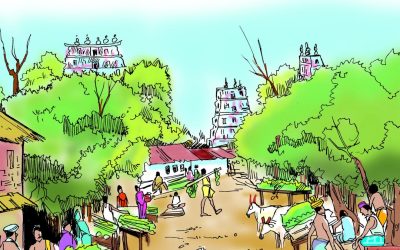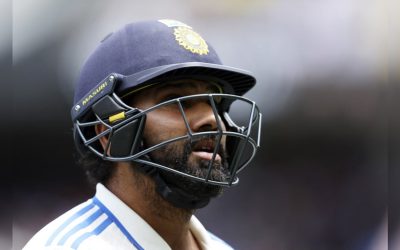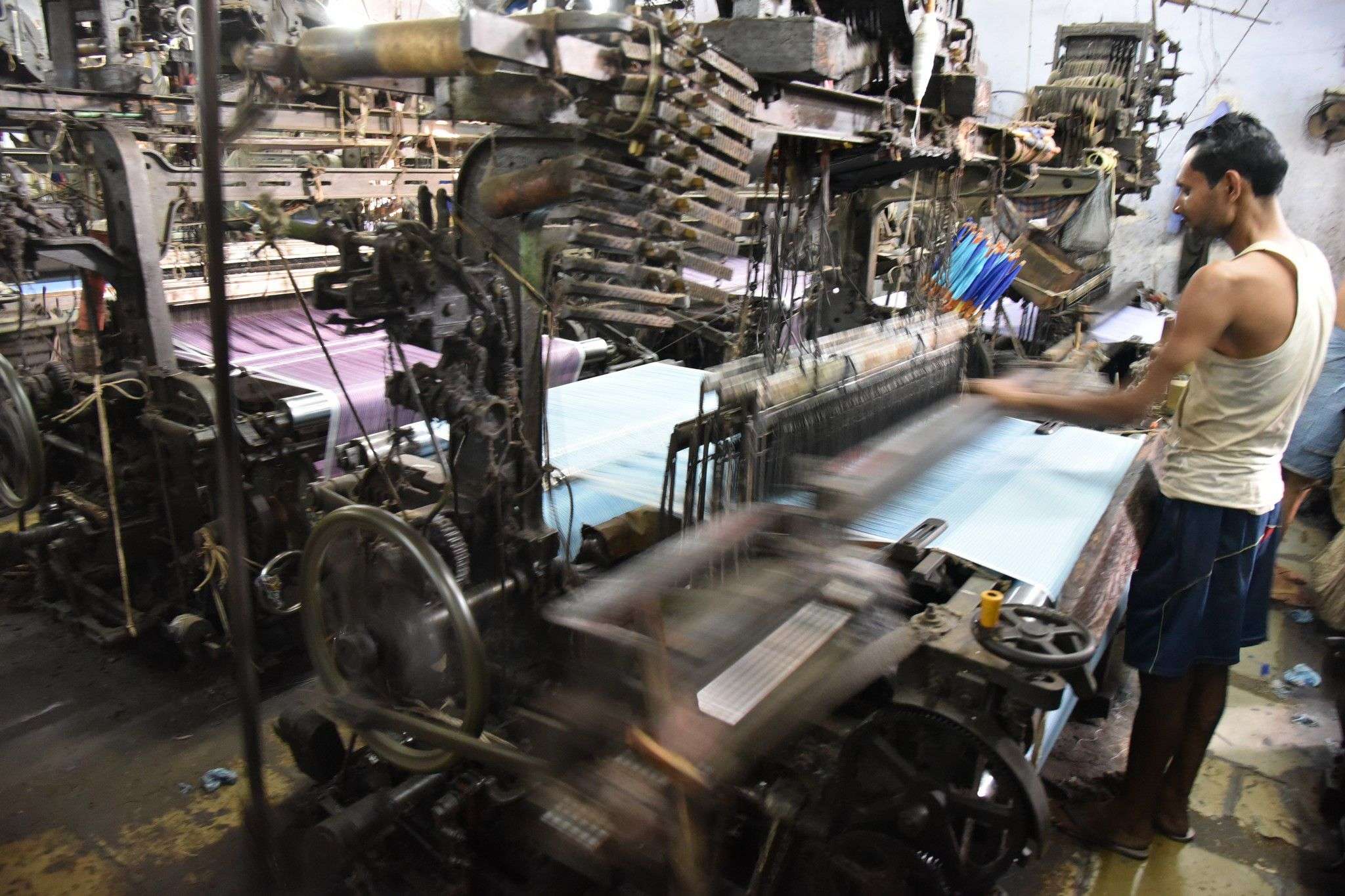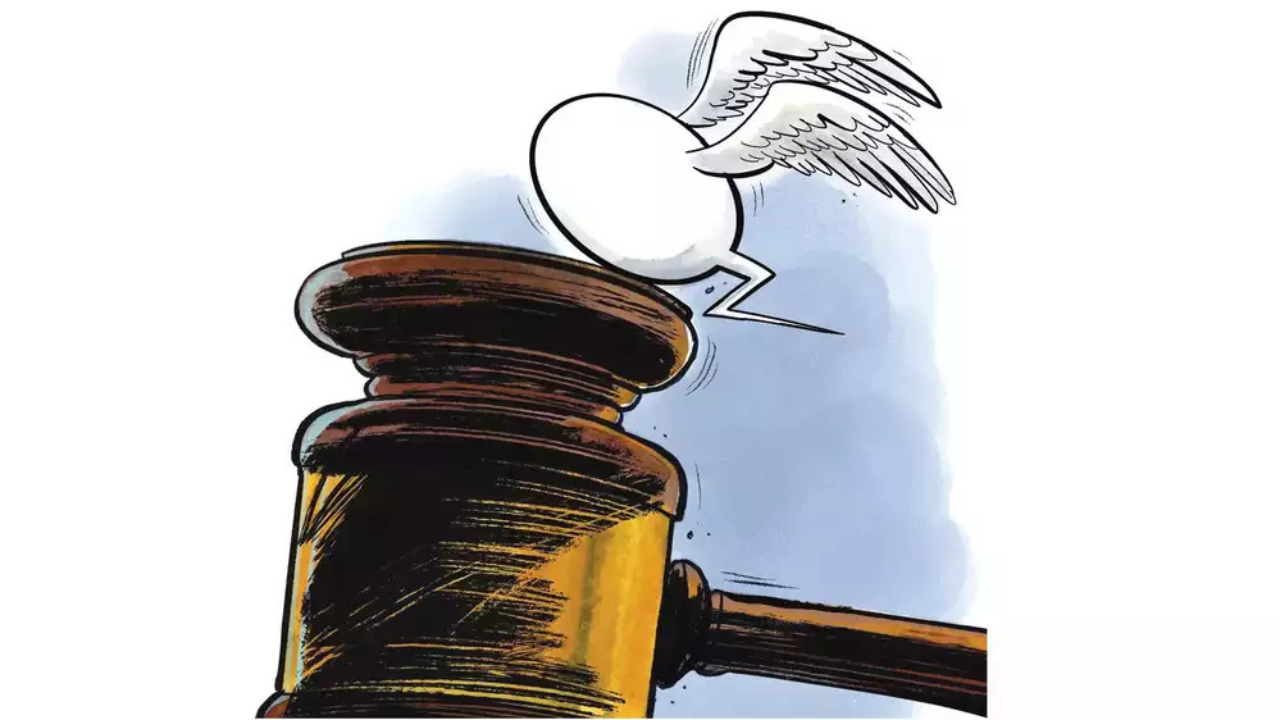American dream of Indians hits Trump’s wall
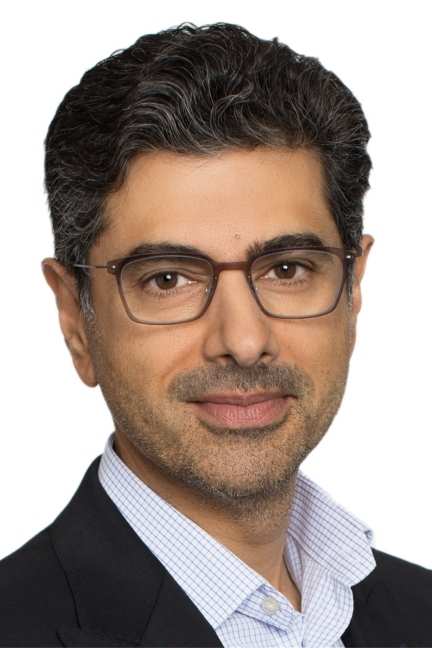
The village people should have quit while they were ahead, or maybe before they started. The Brits are so much better at pageantry. Donald Trump might be richer than Elon Musk when his term ends. Masayoshi Son is back, bigger than ever. Usha Vance looks at JD Vance the way every man wants to be looked at by a woman. And Mark Zuckerberg, caught leerily eyeing Mrs Bezos’s prominently displayed big data, is not a robot.
Those were my key takeaways following the launch of the biggest show on earth—the Trump presidency. Bigger than Biden or Obama or Narendra Modi for that matter. (Don’t bother fact checking, that’s so last year.) But more substantially, Trump signed a flurry of Executive Orders, of which the most controversial—a federal judge called it “blatantly unconstitutional”—was one designed to “Protect the Meaning and Value of American Citizenship.” This move to end birthright citizenship applies not just to illegal immigrants, but to children of legal visa holders, such as those on H1B or F1 visas. While the legality will eventually be decided by the Supreme Court, the new rules might apply effective Feb 20. Meanwhile, “extreme vetting” for all visa applicants will become a new fact of life under Trump. And since a staggering 73% of H1B holders and an impressive 30% of F1 holders are Indian nationals, cyberspace lit up with heated debate among my typically argumentative Indian brethren.
Some historical perspective is in order here. Few have heard of Philip Hart and Emanuel Celler, sponsors of the Hart-Celler Act of 1965 which abolished the blatantly racist ‘national origins’ quota system established in the 1920s. Hart-Celler prioritized skills-based immigration, dramatically increasing immigration from Asia at the expense of Europeans, and transforming the racial and ethnic composition of the US in the ensuing decades. Along with Indira Gandhi’s Fabian Socialism—in my school years, memory better allocated to Shakespeare was sacrificed in favour of her Stalinist Five-Year Plans—this led to the most economically consequential migration in modern history. My generation of educated Indians was born to run, and run we did, some all the way to the top of Microsoft and Google, PepsiCo and Starbucks, Citigroup and Mastercard. And with technology the primary driver of American exceptionalism, the dominance of Indian engineers in the Valley, increasingly as founders and not just hired guns, has become almost embarrassing.
There was never a conspiracy at work here, no mission to brown America or promote cricket, we just wanted our microwave ovens and color TVs. But success is frequently a zero-sum game, and the growing resentment in the American heartland is understandable, even inevitable and now palpable, as evidenced by the reaction to the appointment of the Chennai-born Sriram Krishnan as Trump’s chief AI policy advisor. And it is impossible to escape the conclusion that this provision targeting future Indian Americans is a concession to the Steve Bannon-led MAGA lobby.
When questioned by a reporter while signing the executive order, Donald Trump’s response was a dismissive “As you know, we’re the only nation that provides this kind of automatic citizenship.” This is factually incorrect, but even if one concedes that no major nation outside the Americas allows birthright citizenship, President Trump’s response misses the point of America. America’s greatness—and America is great—never came from following other nations: being “the only nation” is an essential feature and not a bug.
Strangely enough, I found myself confronted with prominent Indian American supporters of the Trump Executive Order. The opposition to illegal immigrants is understandable, and one I share. But Indians game the system, they said disapprovingly. Maybe. When we appeared before American consulate officers as supplicants for F1 visas, our commitment to return to our homeland was perhaps disingenuous. But the idea of pulling up the ladder behind us strikes me as singularly distasteful.
The law of unintended consequences applies whenever govt policy interferes with the mobility of capital or labor. In this case, the Indian startup ecosystem celebrated a potential reverse brain drain. But the reality of India is that despite the monumental strides since the days of my youth, it still offers insufficient upward mobility opportunities for its young population. On my visit in Nov, I was struck by this continued fascination with the American dream among the achingly earnest youngsters who approached me for guidance. Regrettably, the path for them just became a lot tougher, and the pressure to integrate turned up a few notches in this new, new world. I am reminded of what one of my mentors told me as I embarked on my own American journey. “It’s not easy, son,” he said, as we sat in the cafe at Delhi’s St. Stephen’s College in 1984. “You have to change. Dress like them, act like them, speak like them.”
The price you pay is sacrificing some precious part of your identity. But one day you might return triumphantly and buy the Mumbai Indians.
Disclaimer
Views expressed above are the author’s own.
END OF ARTICLE
